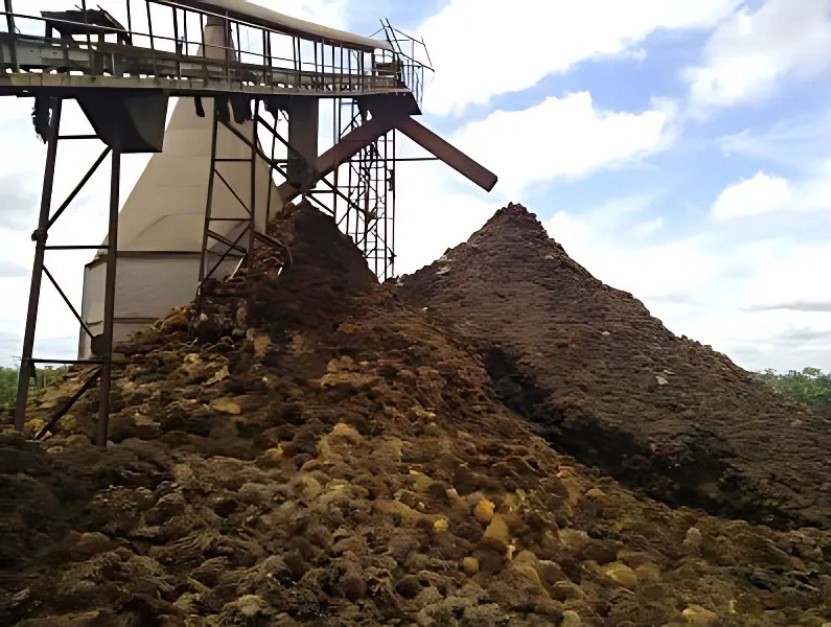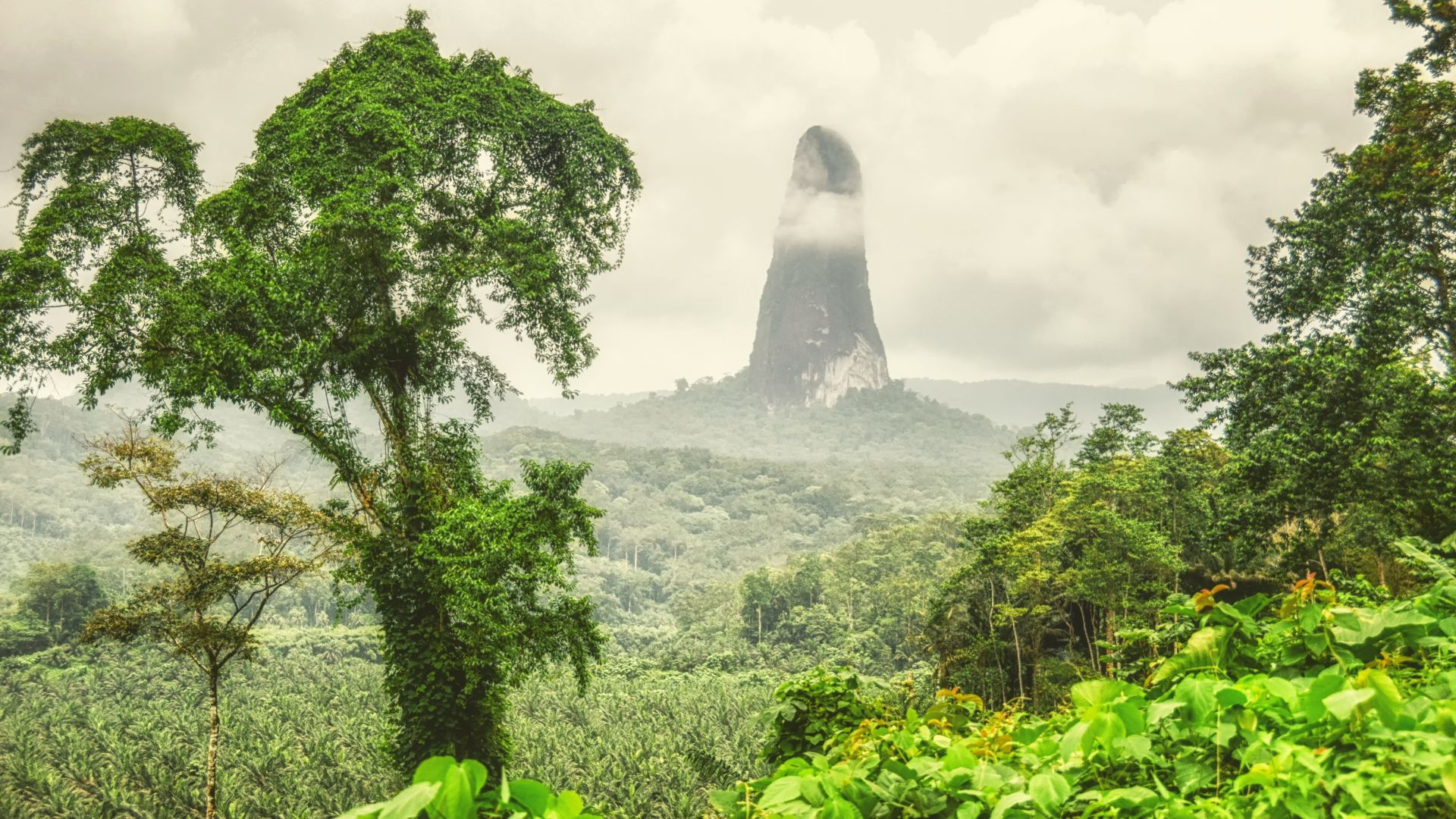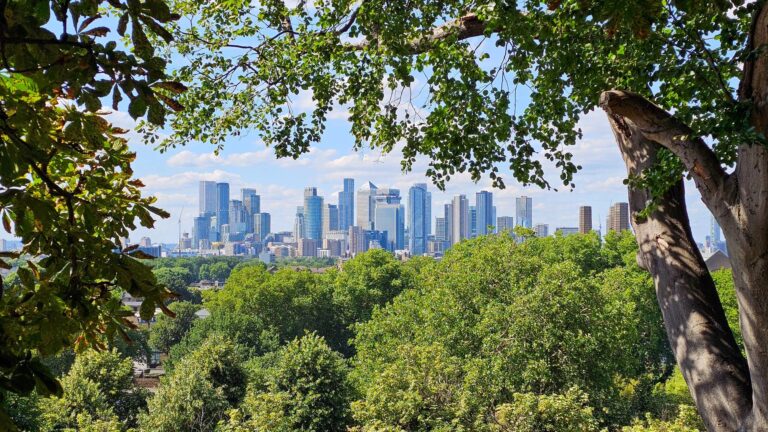Integrating Biochar, Agriculture, and Coastal Resilience
Eight Versa was commissioned to explore how São Tomé and Príncipe could enhance climate resilience through an integrated nature-based design. The study introduced the Carbon Mosaic concept, linking blue-carbon restoration, sustainable agriculture, and biochar production within a single framework.
Context
This island nation in the Gulf of Guinea faces growing environmental pressure from deforestation, coastal erosion, and soil degradation. Mangrove and seagrass ecosystems, vital for biodiversity and natural flood protection, have declined over recent decades, while dependence on traditional farming and fuelwood continues to strain resources.
The study assessed how combined land and marine interventions could restore degraded environments, support livelihoods, and increase carbon storage, drawing lessons from global blue-carbon and community-led restoration projects.
The Carbon Mosaic Design
The concept integrates five interdependent elements:
- Mangrove restoration: rehabilitating or creating around 400 ha of coastal habitat.
- Seagrass rehabilitation: identifying 1,200–1,600 ha of potential meadows to enhance marine carbon sinks.
- Sustainable farming: transitioning over 26,000 ha of cacao and mixed farmland to regenerative practices that improve soil health and crop productivity.
- Tree planting: establishing about 550 ha of forest to reduce logging pressure and improve watershed stability.
- Biochar production: converting agricultural residues from this farmed area into a renewable soil enhancer and energy source.
Together, these actions form a connected land-to-sea system designed to boost food security, reduce deforestation, and strengthen coastal resilience.

Biochar creation through pyrolysis in São Tomé & Príncipe
Biochar for Agriculture and Energy
Biochar acts as a bridge between the agricultural and blue-carbon components of the design. Produced from local crop residues, it can enhance soil fertility and long-term carbon storage while supplying renewable energy to nearby communities. By providing an alternative to wood fuel, it also helps ease pressure on mangrove forests and supports a circular rural economy.
Wider Value
This project design demonstrates how an integrated “Carbon Mosaic” model can combine environmental restoration with community and economic benefits. The findings provide São Tomé and Príncipe with a foundation for aligning coastal protection, regenerative farming, and sustainable energy within a single climate-resilient strategy.





